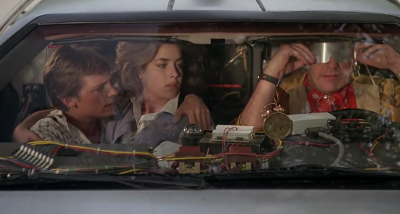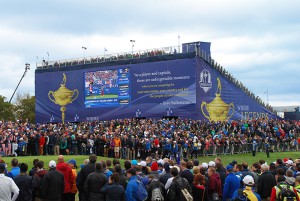We all know maintaining an exciting, engaging live event experience whilst maintaining social distancing is going to be a challenge. We have been working with several customers to plan out what live music and events might look like in the new normal. Technology is a key element of this offering, reducing barriers between the experience and the attendee, and assisting in keeping everyone safe.
On-Site Apps
Previously seen as a barrier, mobile apps are now the new enabler. Ordering food, drinks, merchandise and just getting updated information about the event will, for the moment, pivot around mobile devices. From the process of ordering through to the delivery via location tracking, apps will form a key part of getting the shows going again, this of course has to be coupled with a reliable infrastructure to ensure the app works for everyone.
Contactless Payments
There has been a steady rise year on year in contactless payment systems at events but the current situation should finally push cash out altogether. Ensuring payments can be taken reliably via an app or on mobile contactless terminals is critical.
Connected Production
Most of the media coverage focusses on audience safety but putting on an event requires a big team of people working together from many different groups. Keeping the production teams, artists, press, contactors, etc. in close communication but not in close contact will put extra strain on the underlying services. From basic internet access and Wi-Fi, to phones, radios and CCTV, all components need to be addressed to ensure the capacity is there, and in cases such as phones, radios and CCTV viewing, ensuring that they do not introduce an additional contamination risk. We see production internet requirements increasing by around 20% year on year, so it is key to have sufficient bandwidth to keep operational.
Number Plate Recognition
Reduce the wait on arrival by linking the vehicles number plate with the ticket. Our cameras can quickly scan the plate and give the operator a green signal to pass
CCTV & Thermal Detection
Using additional cameras for event management can help reduce the number of staff in close proximity to attendees and, although not a guarantee, thermal cameras monitoring skin surface temperatures can help identify any high risk attendees for further checks before allowing entry.
People Counting
For more enclosed areas managing the density of people can be assisted by adding automated counting systems or even ‘traffic light’ systems controlling access. Although not ideal these are already becoming the norm in shopping situations so people are becoming more accepting.
Live Audio Relay
With more distanced audiences, especially with in-car/near car experiences using additional services can help enhance the experience, this could be live relays of the audio and video but these have technical challenges which need to be considered early on.
Many of the changes needed at live events are not the most desirable but at least it helps get the industry moving again.
Can We Help?
Speak to our team today 01666 800129 or email hello@etherlive.co.uk for quotes and discuss how we can help your event embrace the new normal







